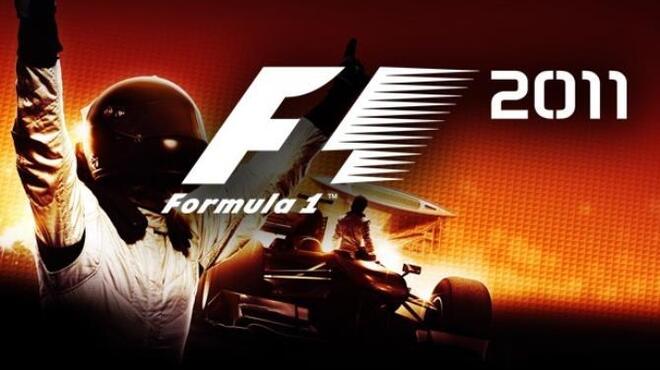
But midway through that year, permanent numbers were trialled, and in 1974, permanent numbers were issued based on the Constructors' Championship positions in 1973. Up to 1973, the numbers were given out by the race organisers. Until 2013, the numbers were allocated with two rules: the previous season's World Champion used the number 1 following the Champion and his team-mate (car number 2), the teams were ordered by their position in the previous season's Constructors' Championship. This number cannot be reallocated unless the driver has not driven in the sport for two seasons. Only the World Champion is allowed to use number 1. Currently, drivers are allowed to pick their own number for their career from 0, 2 through 99. It is understood that Kubica was immediately quicker than Sergey Sirotkin, the Renault test driver.Īfter that test, Kubica, a race-winner with Sauber in 2008, was adamant that he could return to F1 full-time.A Formula One car number is the number on a car used to identify a car and its driver.

Kubica's first comeback drive for the team occurred at Valencia when he ran in the same 2012 car that he ran in at Paul Ricard, and he completed over 100 laps. The second outing, which Renault team boss Cyril Abiteboul admitted brings a return "to the highest level of competition" ever closer, is the clearest sign yet that they are considering rehiring the 32-year-old for 2018 with Jolyon Palmer's future unclear.Ī future race return for Kubica, absent from the sport since suffering severe arm injuries in a rallying accident six years ago, would represent one of F1's most astonishing and heart-warming stories.


I am no longer afraid of not being at the level but there remains a way to go." "My doubts about my capacities have disappeared with these two days of tests. "Physically, there are no problems," Kubica is quoted as telling French publication L'Equipe.


 0 kommentar(er)
0 kommentar(er)
